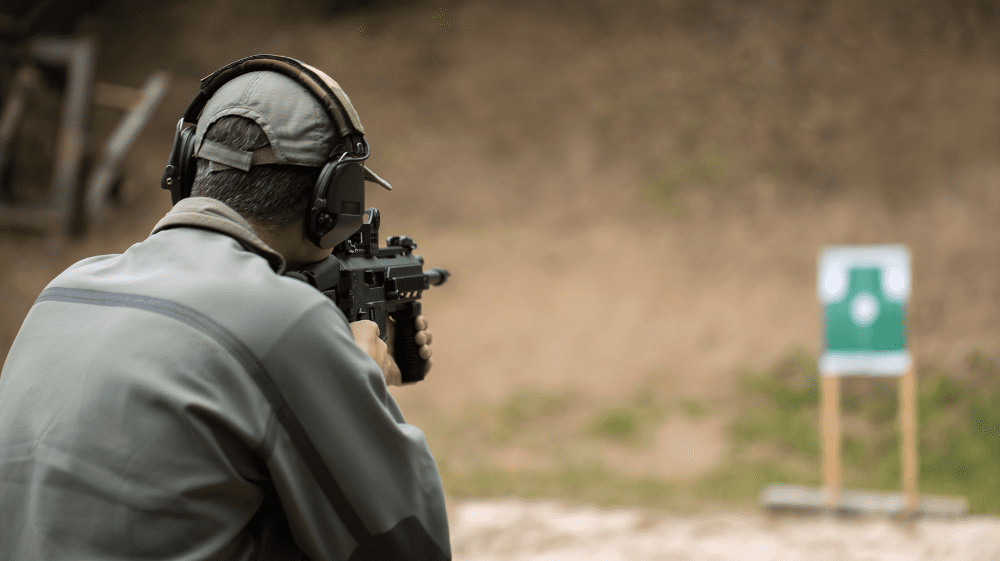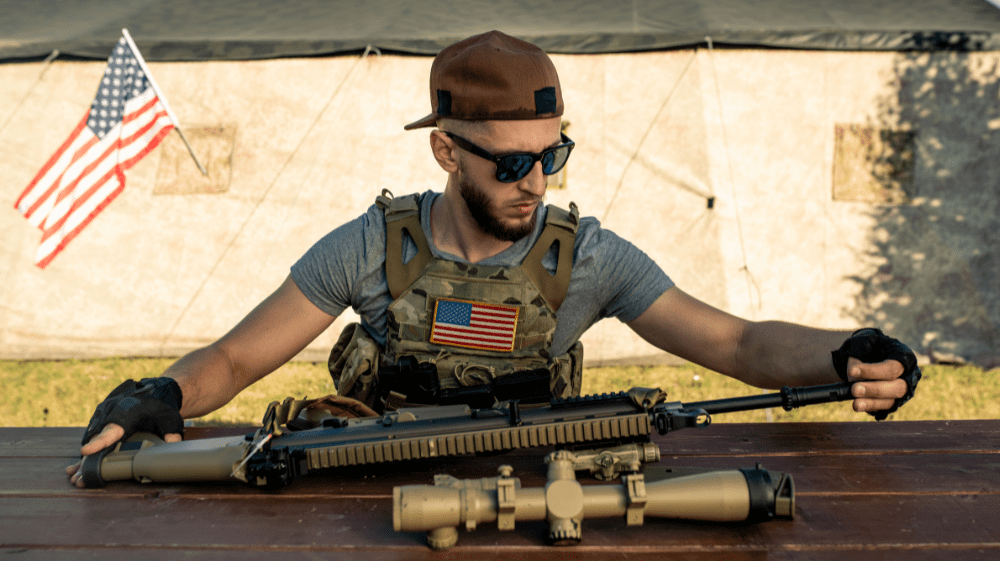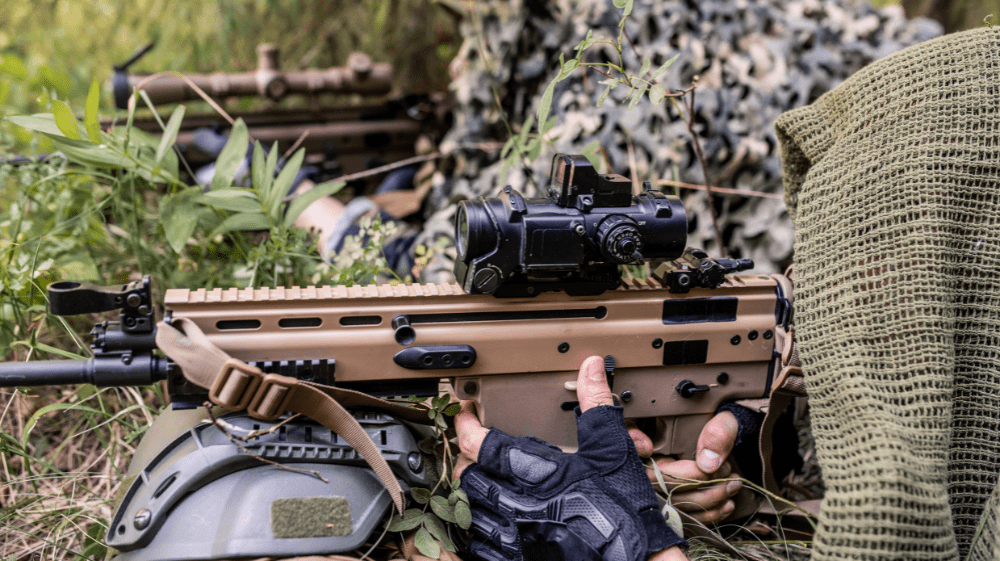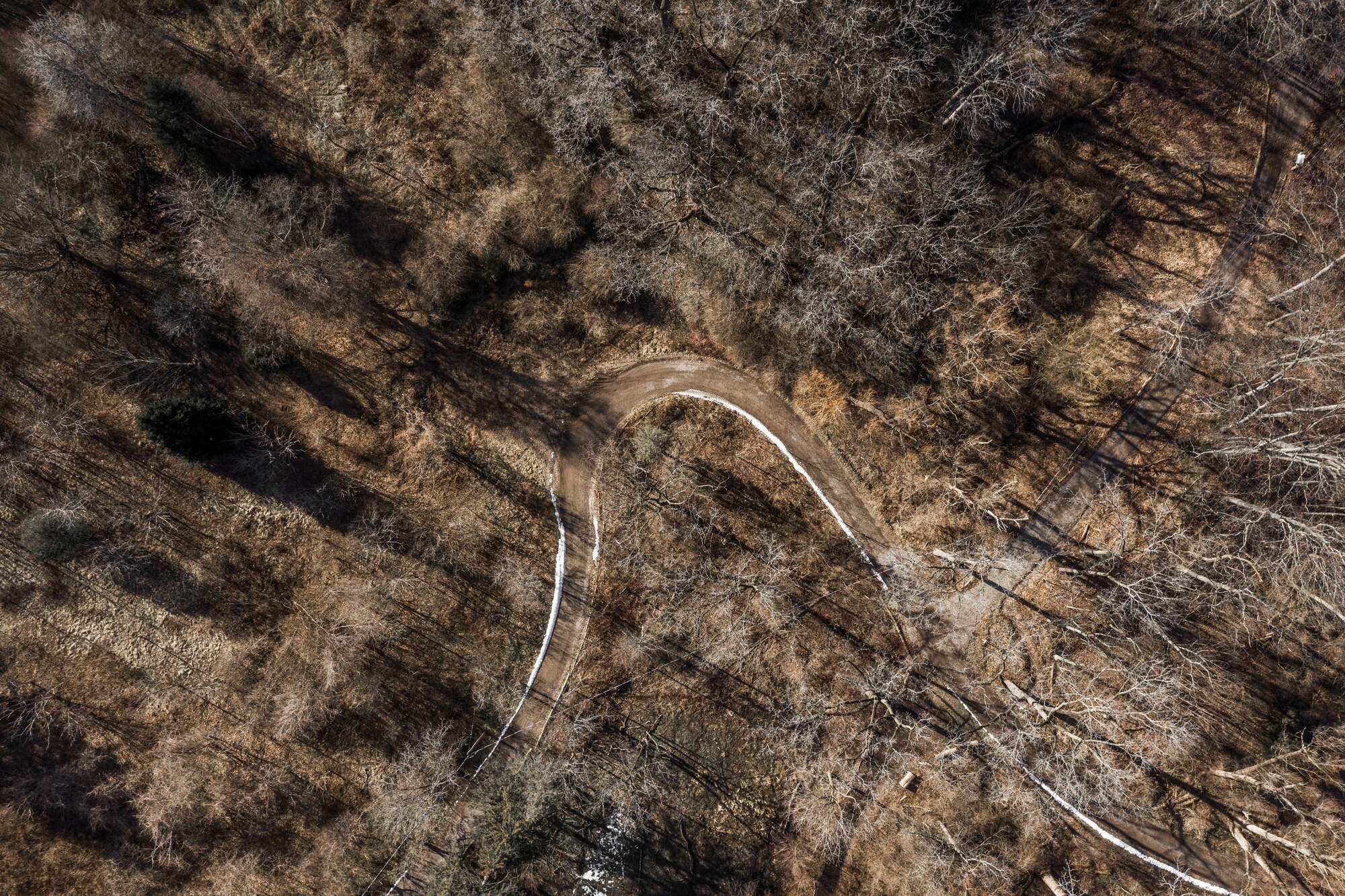Equipping your rifle with a quality scope or red dot sight can greatly enhance your shooting accuracy and effectiveness. However, many shooters fail to get the most out of their optics due to simple preventable mistakes. Proper usage techniques, care, and developing good shooting habits are crucial to maximizing your sight's performance.
In this guide, we'll cover common mistakes shooters make when using rifle scopes and red dot sights. We'll look at errors in mounting, zeroing, adjustments, and general shooting form that can degrade your accuracy. Some pitfalls are unique to each optic type as well. Avoid these mistakes to consistently put rounds on target every time.
(Reading Time: 5-7 Minutes.)
Common Rifle Scope Mistakes
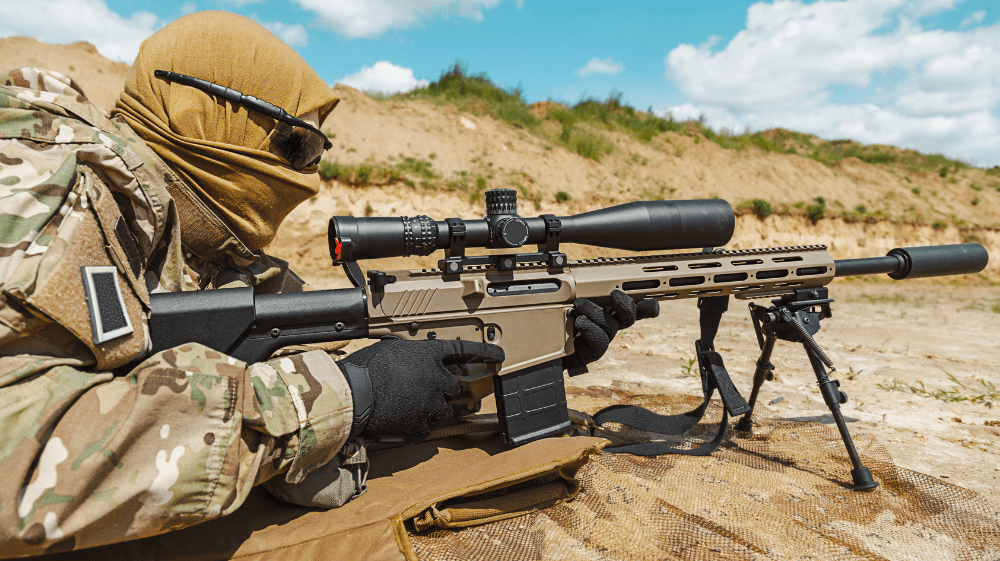
Rifle scopes require very specific techniques to utilize them properly. Here are some of the biggest mistakes to avoid:
Incorrect Eye Relief/Eye Box
Failing to get a proper shooting position with your eye correctly positioned behind the scope is a major issue. If your eye is too far away, you'll get a sphere or black circle around the picture (bad eye relief). Too Close, and you'll only see part of the picture (bad eye box). Practice mounting your rifle and adjusting your position to acquire a full, unobstructed sight picture.
Not Focusing the Reticle
Most rifle scopes have a diopter or focusing ring that allows you to focus the reticle to your individual eyesight. Overlooking this adjustment and shooting with a blurry reticle makes precision aiming difficult. Always focus the reticle for a crisp, clear picture.
Sloppy Mounting/Scope Cant
If you mount your scope improperly or inconsistently, every shooting session will require re-zeroing. A canted scope can cause horizontal misses. Use a bubble level to ensure your scope is mounted perfectly square and level. Also, apply the same cheek pressure and head position when shooting to avoid alignment variations.
Zeroing Issues
Scope accuracy relies on a consistent, repeatable zero. Many shooters fail to zero their scopes properly at realistic distances, on a stable platform. Always perform a methodical zero process in the field positions you use. Don't trust a quick range zero alone.
Not Understanding MOA vs Mils
Your scope's adjustments use either MOA or Milliradian measurements. Using the wrong unit can cause major elevation and windage issues at distance. Know which system your scope uses and how to apply the adjustments correctly.
Ignoring Parallax
Higher magnification scopes have a parallax adjustment to ensure your reticle doesn't appear off-center from the actual target's position at varying distances. Disregarding this can lead to missed ranged shots. Check and set parallax accordingly.
Using Excess Magnification
Too much magnification, even on high-quality scopes, makes your shooting form and breathing control more critical. Most shooters should use the minimum power needed to clearly identify targets to avoid overtaxing themselves.
Red Dot Sight Mistakes
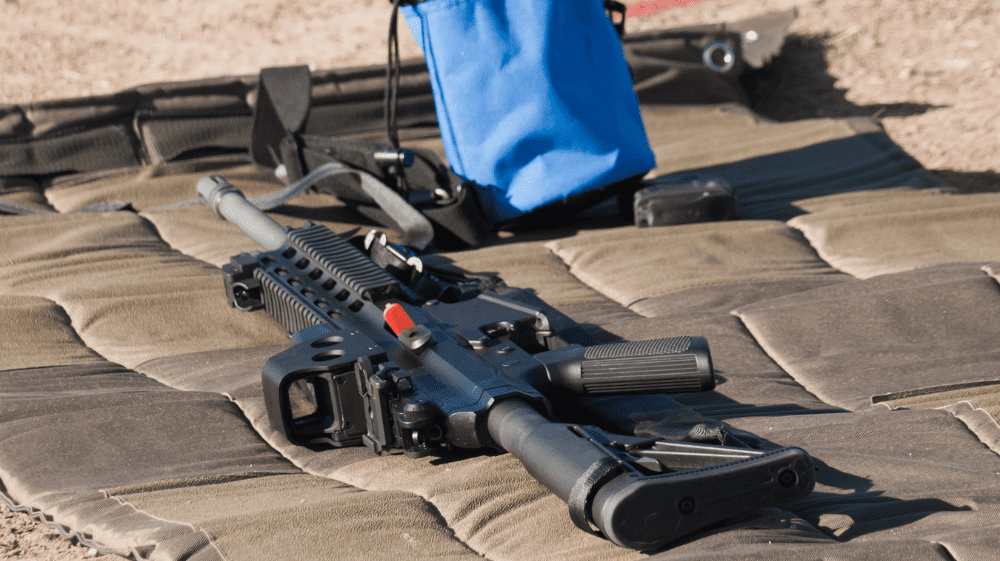
Red dot sights have their own set of potential pitfalls, including:
Incorrect Dot Brightness
Adjusting dot brightness to match ambient lighting conditions is essential. Too bright can create a washout effect, while too dim makes the dot hard to quickly pick up. Find the right setting for indoor, shade, sunny conditions.
Not Co-Witnessing Irons
If your red dot fails in the field, being able to instantly switch to using your iron sights is valuable. Co-witness the red dot and iron setup so you're not completely disabled if the optic fails.
Overestimating Usable Range
While red dots are excellent for close to medium-range use, their non-magnified nature limits effectiveness at longer distances (400+ yards typically). Understand the dot's realistic ranging capability based on your skills and typical target engagements.
Using Unsupported Positions
Red dots allow quick target acquisition and shooting from unconventional positions. However, for precise longer shots, you still need to use stable supported positions with proper form. Don't rely on the red dot for precision unsupported.
Astigmatism Issues
Shooters with astigmatism may have issues with starburst dot patterns or blurred dots with some red dot optics. Try different dot options or a scope if yours presents major astigmatism issues.
Care and Maintenance Mistakes
Neglect in general care and maintenance of your scope or red dot can also lead to problems:
Checking/Setting Eye Relief
Many scopes and some red dots require setting the optimal eye relief based on your position. Not verifying this optimal position leads to partial obstruction. Set eye relief correctly at the start.
Improper Lens Cleaning
Using incorrect substances or rough materials can damage or pit your optic's lenses, causing obstructions and compromising light transmission. Only use proper lens cleaners and microfiber cloths.
Not Re-Zeroing After Impact
Any major impact or jarring of your scope can knock it out of zero, even if there's no exterior damage. Always re-zero after significant drops or impacts to ensure continued accuracy.
Excessive Switch Force
Spinning your red dot's controls too forcefully or past their stop (common for older optics) can damage internal components over time. Use only the force needed to make adjustments.
Improper Storage
Storing scopes or red dots in hot/humid environments or subjecting them to rapid heating/cooling swings can allow internal moisture to form and damage optic tubes. Keep them in a controlled environment.
Human Error Mistakes
Errors in fundamental shooting skills and practice can negate any advantages your scope or red dot offers, including:
Poor Shooting Form
Inconsistent shooting positions, improper breathing and trigger control, flinching in anticipation of recoil, or jerking will ruin accuracy. Mastering proper shooting form is crucial for utilizing any optic.
Not Being Scope/Dot Conscious
Many shooters aren't cognizant of adjusting their form and positions to properly align and use their optic's sight picture. Getting "scope conscious" is key to mastering scope shooting.
Rushing Shots
Don't get caught up hurrying the shooting process. Slow down, get your breathing under control, and consciously aim and place every round using your optic. Rushing inevitably leads to flyers.
Poor Breathing Control
Proper breath control, both between shots and while firing, is hugely important for optic usage. Any inconsistency will disrupt your sight picture, increasing misses.
Not Practicing Enough
The only way to truly master scope or red dot usage is through live fire practice and sustainment. Developing the skills takes repetition and ongoing training. Don't expect to pick up a new optic and instantly be an expert.
Avoid Common Optic Mistakes for Success
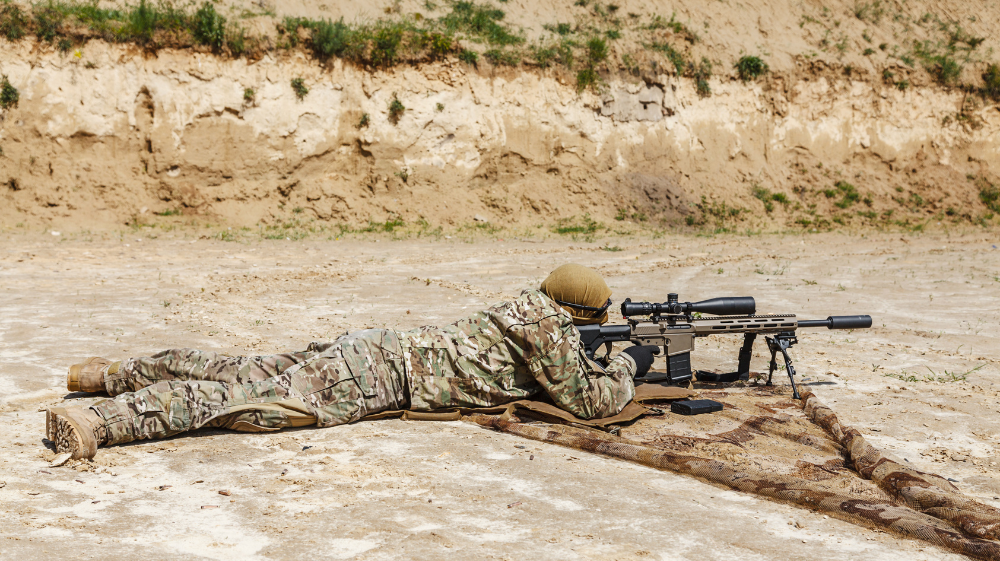
Rifle scopes and red dot sights are invaluable tools for extending your effective range, rapidly acquiring targets, and enhancing overall shooting precision. However, they require specific knowledge, techniques, maintenance and shooting skills to utilize properly.
Avoid common mistakes like improper eye relief and reticle focus, sloppy mounting, zeroing errors, incorrect brightness, and failure to understand your optic's adjustments. Don't fall into pitfalls with human fundamentals like rushing shots, poor breathing, and failing to practice enough.
With proper usage, care, and mastery of essential shooting skills, your quality scope or red dot can be an incredible force multiplier. But you must avoid these common mistakes that negate your optic's advantages. Use this guide to get the most performance and accuracy from your rifle optic.




